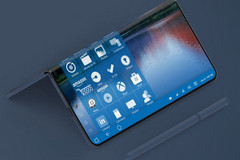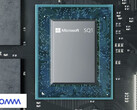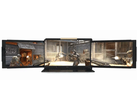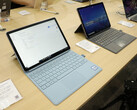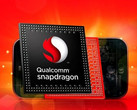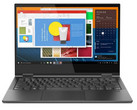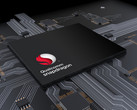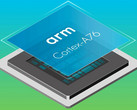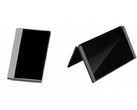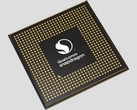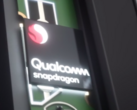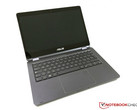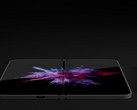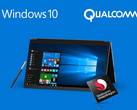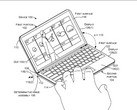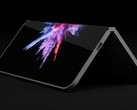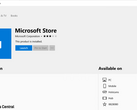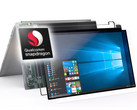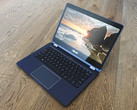We might get to see dual-screen Windows 10 on ARM (WoA) devices after all. Qualcomm's Senior Director of Product Management, Miguel Nunes, said that Qualcomm can offer a "great solution" to the power demands of dual-screen devices. Nunes didn't reveal too many details but did say they were "working on a lot of cool things". Speaking to The Indian Express, he said,
You will see a transition of form factors and one of the advantages Qualcomm brings to the industry is the amount of integrations. If you look at Snapdragon 835/850 platforms compared to an Intel [x86] processor, we are about 30 times smaller from the design standpoint. So you can imagine if you reduce the design by 30 per cent we can start to do a lot of interesting things with the form factor. I think you will see innovation in form factors and in the future as well… dual-screens and all kinds of form factors because we were able to enable that.”
Nunes also feels that getting the user experience right in dual-screen devices is very important and that probably explains why Microsoft chose to go back to the drawing board with 'Andromeda'. He felt that these devices will not completely replace existing conventional form factors and it will be more of a gradual evolution. He also said,
Dual-screen devices are going to be challenging from the battery standpoint. We have a great solution for those products.”
It's anyone's guess at this point how Qualcomm will address the processing power and battery life concerns of dual-screen devices but neither Microsoft nor Qualcomm look like they are giving up on the Always Connected PC. While the first generation WoA PCs, such as the Asus NovaGo have been lackluster, with Qualcomm now branching out its SoC development for WoA, we can expect to see much better performance in successive iterations. But Nunes does defend his turf saying,
The battery life is phenomenal and the performance is something extremely subjective of what you are trying to do with the device. You cannot compare an ‘Always connected PC’ with a Surface Pro laptop with an Intel Core i7 processor and 16GB of RAM. You have to look… it is a mobile platform and it handles the mobility part really well”.
He also said that those OEMs who introduced the Snapdragon 835 devices will also be introducing new versions based on the Snapdragon 850. Nunes did acknowledge that it will take time to beat Intel but is optimistic that the Always Connected PC will help the PC market to start growing once again. Miguel Nunes's statement is somewhat similar to what Panos Panay said a few weeks ago but if they could somehow enable telephony in these dual-screen devices, it will be the closest thing there is to the Surface Phone.




